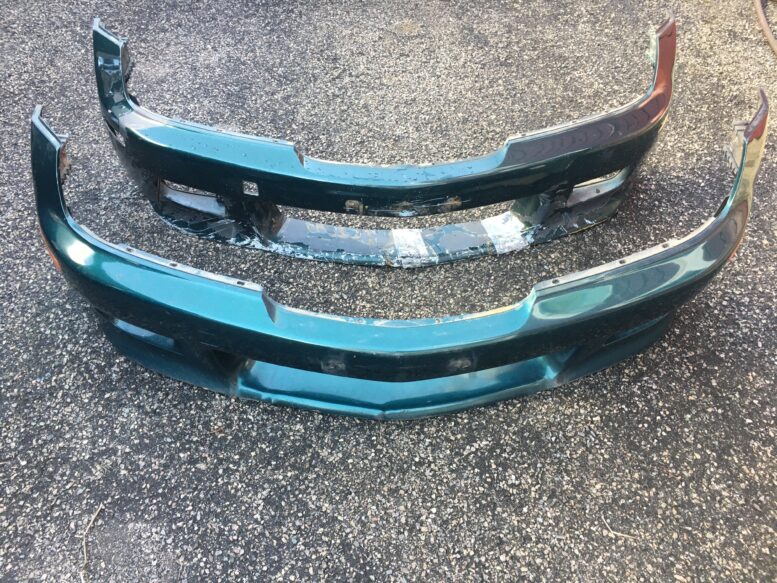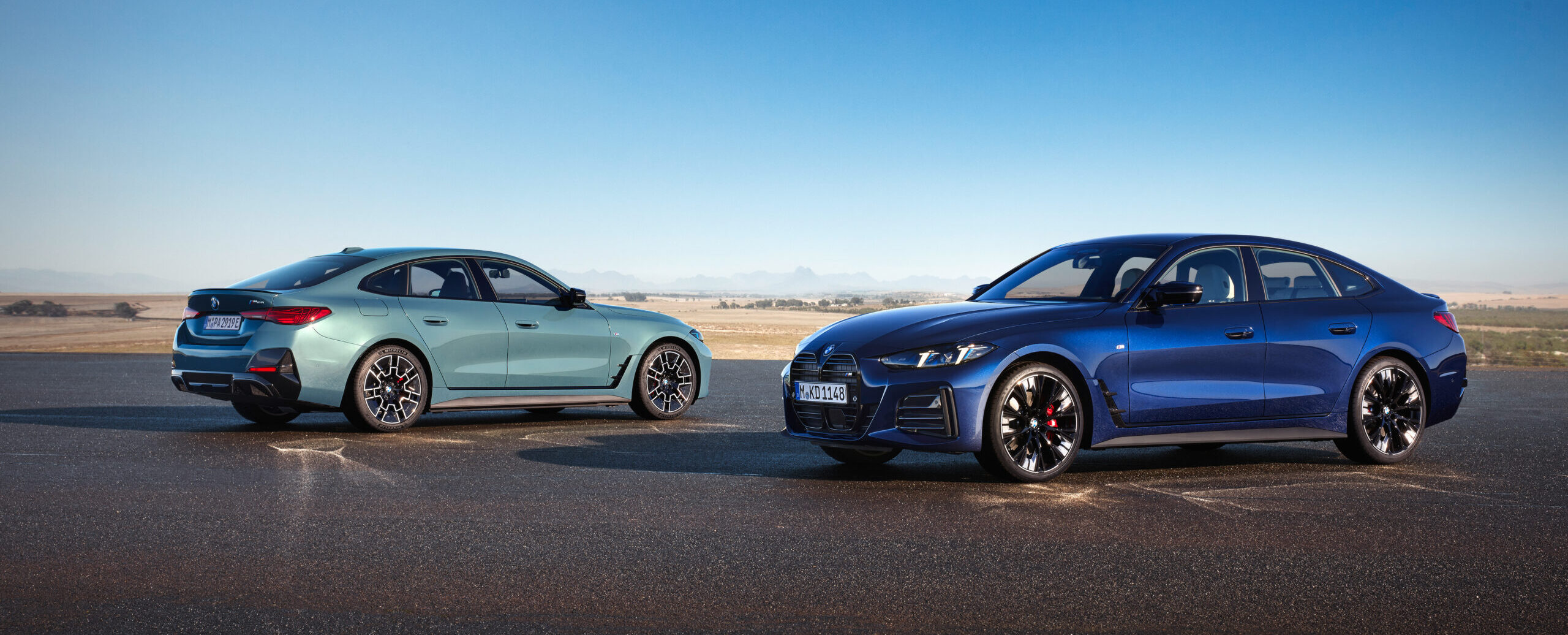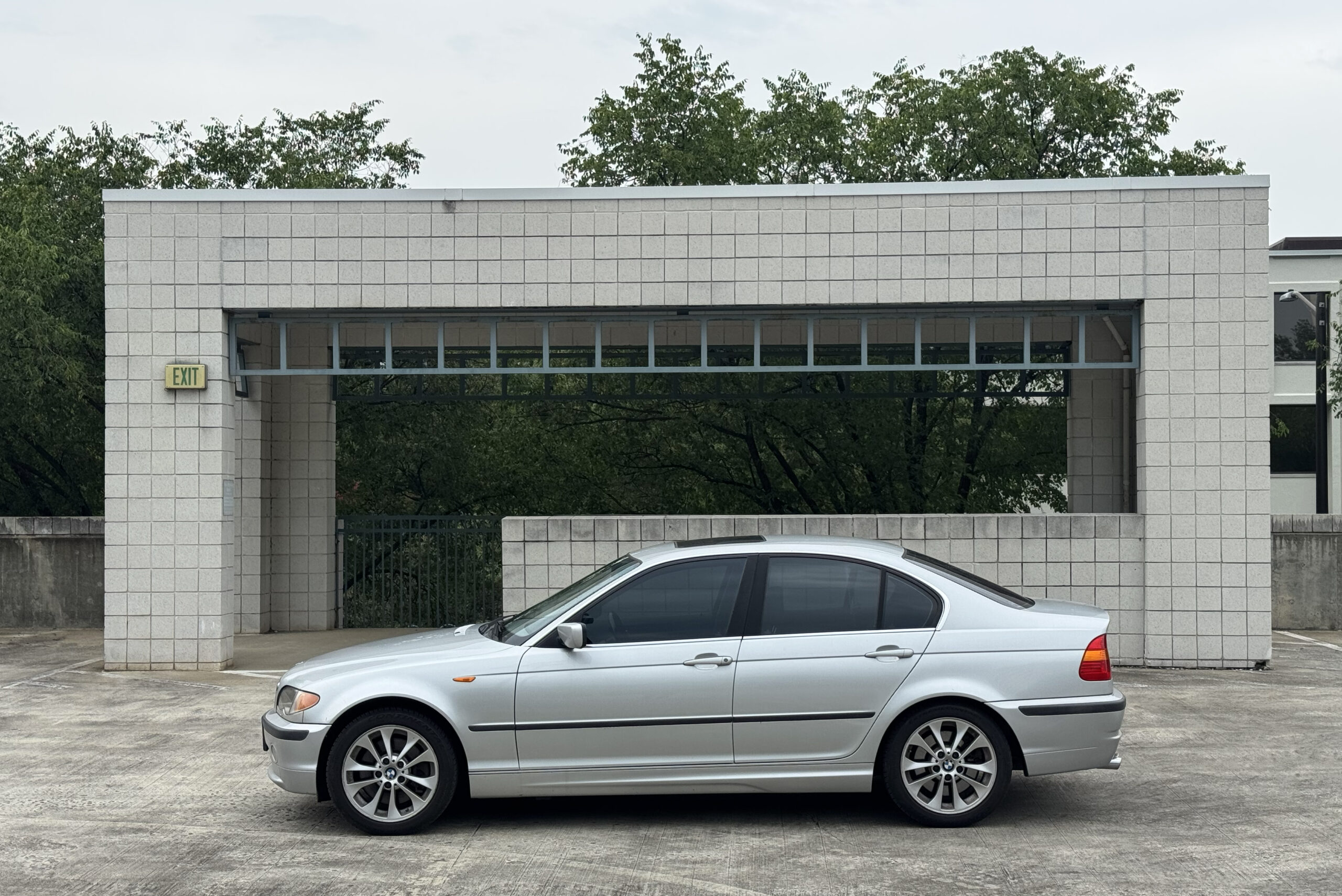I bought my 1999 Boston Green Z3 2.3i, Zelda, in 2013 and loved it for five years, but reluctantly sold it to my friend and neighbor Kim in late fall 2018 when I ran out of space for it. Two years later, her son, in a careless late-night youth-fueled moment, drove the car into a median strip; the impact blew the air bag, bent the lower control arms and wheels, and shattered the front bumper cover—what most people call the front air dam—and other low-hanging components, but miraculously spared the sheet metal; only the rear corner of the right front fender well was bent, and that was easily pulled out by hand.
Still, Kim’s insurance company would have surely totaled the car, so I bought it back to save it from the ignominy of becoming a parts car. Over the winter of 2020-2021, the car occupied the prime spot in my garage on the mid-rise lift while I addressed the accident damage and replaced the clutch (the throwout bearing had disintegrated). By spring, the car was back to its old rolling-Xanax smile-inducing self, justifying the reason that my neighbor Kim, my wife, and I call it Zelda the Therapy Car.
The last bit of obvious unrepaired damage was the shattered front bumper cover.
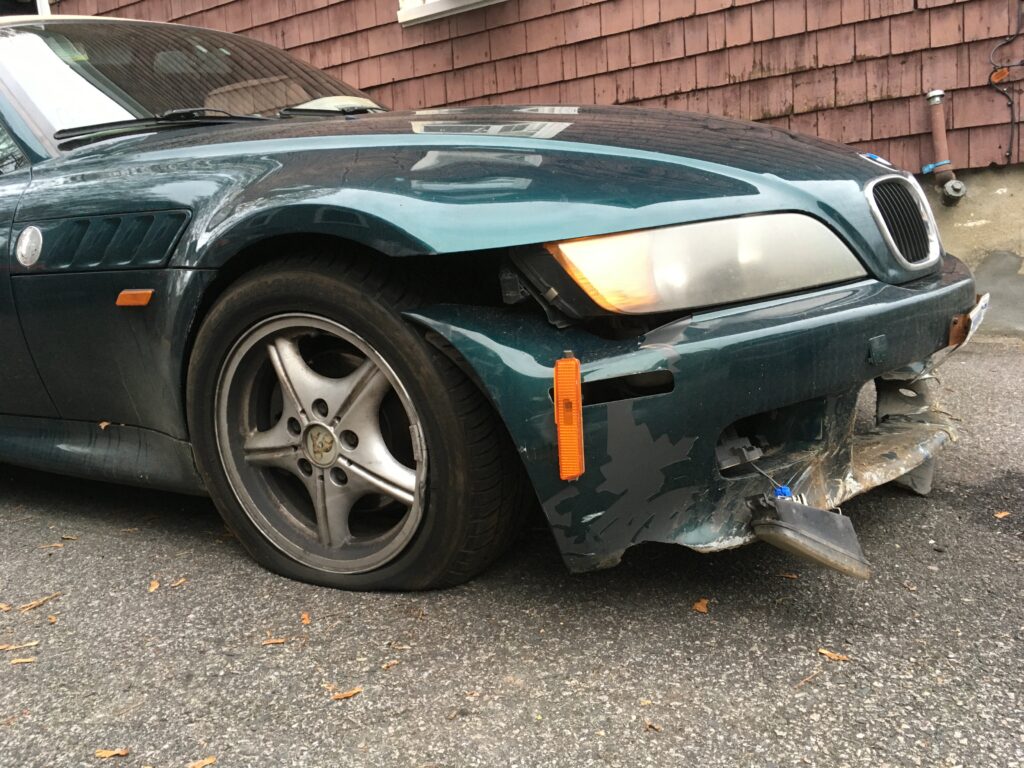
This almost spelled the end of Zelda.
In addition to the curb-strike damage, which I’d held together with Gorilla Glue and packing tape, it seems that the lower lip of the cover had been Bondoed and repainted as part of damage amelioration from a previous event, and the most recent impact had caused all that Bondo to flake off. It’s not as if it the car was mint other than this one blemish, but the mangled bumper cover definitely stuck out.
Used Z3 OEM bumper covers are widely available, but it isn’t cheap to go all-in on a like-new solution, even if you’re installing it yourself. The cover is big and bulky, and thus expensive to ship. Lightly scuffed ones start at about $400 shipped on eBay and car-part.com, and that’s before the cost of repainting it to match your car’s color. I wasn’t going to spend that kind of coin.

This probably bothers you more than it does me. I did want to set it right, but only at the right cost.
So, me being me, I tried cheaper options—twice. First, I bought the least-expensive aftermarket bumper cover sold on Amazon. It was so flimsy that it arrived folded in thirds in a sack. I returned it.

Not kidding about the bumper cover in a sack.
Then a friend said that he had a purple OEM bumper cover that I could have for a song. I picked it up on the way home from the Vintage in 2021, thus saving myself the cost of shipping. Unfortunately, neither he nor I had paid attention to the fact that this cover was off a four-cylinder Z3 and thus had a smaller grille opening than my six-cylinder car. Had Zelda been full-on ratty, I would’ve gleefully bolted the purple bumper cover to the nose of the Boston Green car and reveled in the Smurf-like color combination, but that didn’t seem respectful.
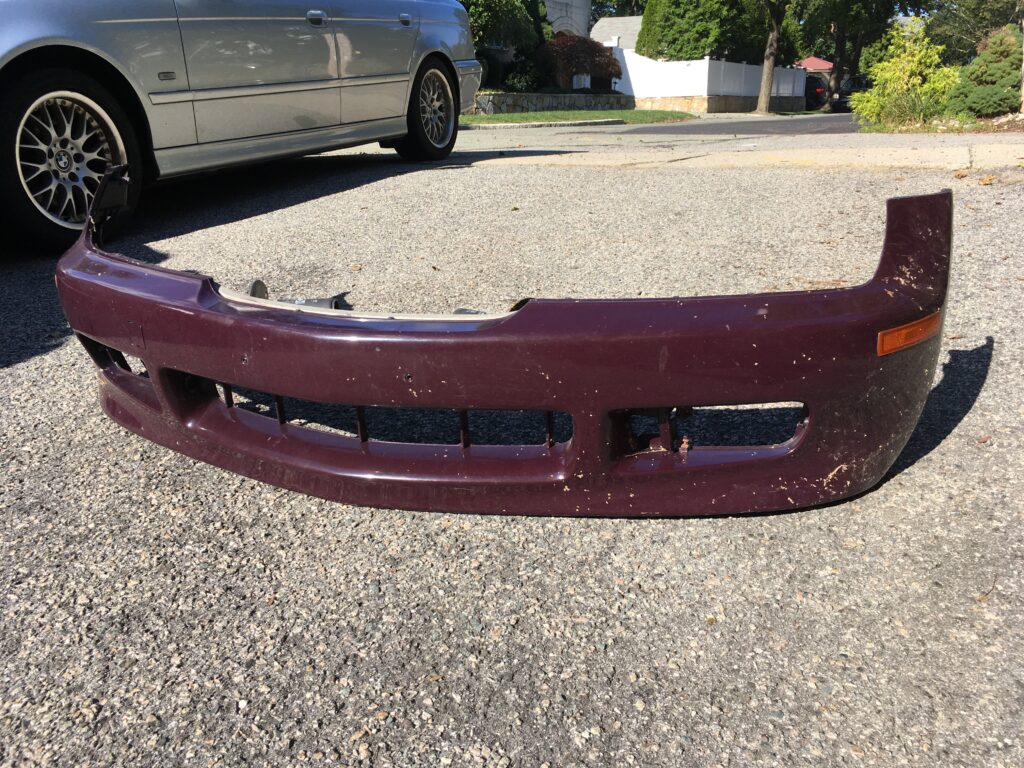
- The purple bumper cover in all its, uh, purplicity.
So I kept hoping against hope that I could find an intact front bumper cover from a Boston Green Z3 somewhere an easy drive from Boston, thus sparing me the expense of shipping it and painting it.
Meanwhile, as I wrote about here, just before Christmas I found an orange-spectrum Recaro office chair in southern Connecticut, and to make the trip worthwhile, I combed Facebook Marketplace and Craigslist in search of other items in that part of the world I needed, or at least wanted.
To my delight, I found a guy near Springfield, Massachusetts, parting out a Boston Green Z3.
He sent me photographs of the front bumper cover. Unfortunately, it had splits on the thin lower section. It wasn’t cracked, however, and flapping in the breeze like Zelda’s, and he also had the two inner fender liners that I needed.

Yes, it’s damaged, but it’s way better than the one on the car; it was the right color, it was cheap, and it was on an errand route.
I offered him a hundred bucks for the bumper cover and both fender liners, figuring that the cover would be worlds better than the one on Zelda, and that a hundred bucks was the cost of a set of aftermarket fender liners anyway. He accepted and I grabbed them on the Recaro-and-Bumper-Cover Winter Tour.
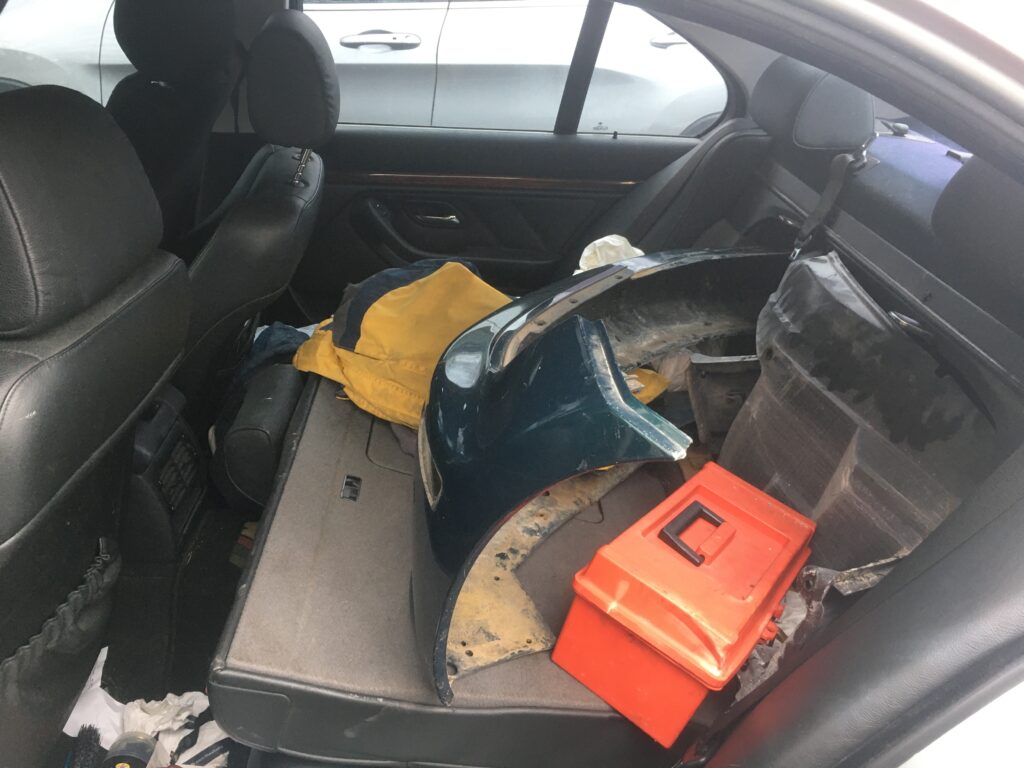
E39 fold-down rear seat for the win.
I thought that I’d replace the bumper cover as a winter project, but I didn’t have room for Zelda in the garage, and since it’s been a mild winter, I began thinking about tackling the repair in my driveway, where Zelda’s been sitting under a remarkably effective CoverCraft cover. When the temperature rose to 60 degrees early last week, Operation Replace Zelda’s Bumper Cover in the Driveway officially began.
While it’s not strictly necessary to jack the car up in order to replace the bumper cover, it’s challenging to access the bolts holding the bumper to the body if you don’t. Plus, in my case, the wheels had to come off in order to have easy access to the fasteners for the fender liners. So I contemplated raising the car.
However, since my driveway slopes slightly downhill, this must be done carefully.
Zelda is parked close to the flat part at the bottom, but that “flat part” is still on a slight incline. Jack stands can easily sink into asphalt, even in winter, so I broke out the metal plates I use when I jack up the Winnebago Rialta, set the stands on the plates and the car on the stands, and as I always do, left the jack in place for good measure when I was actually under the car.
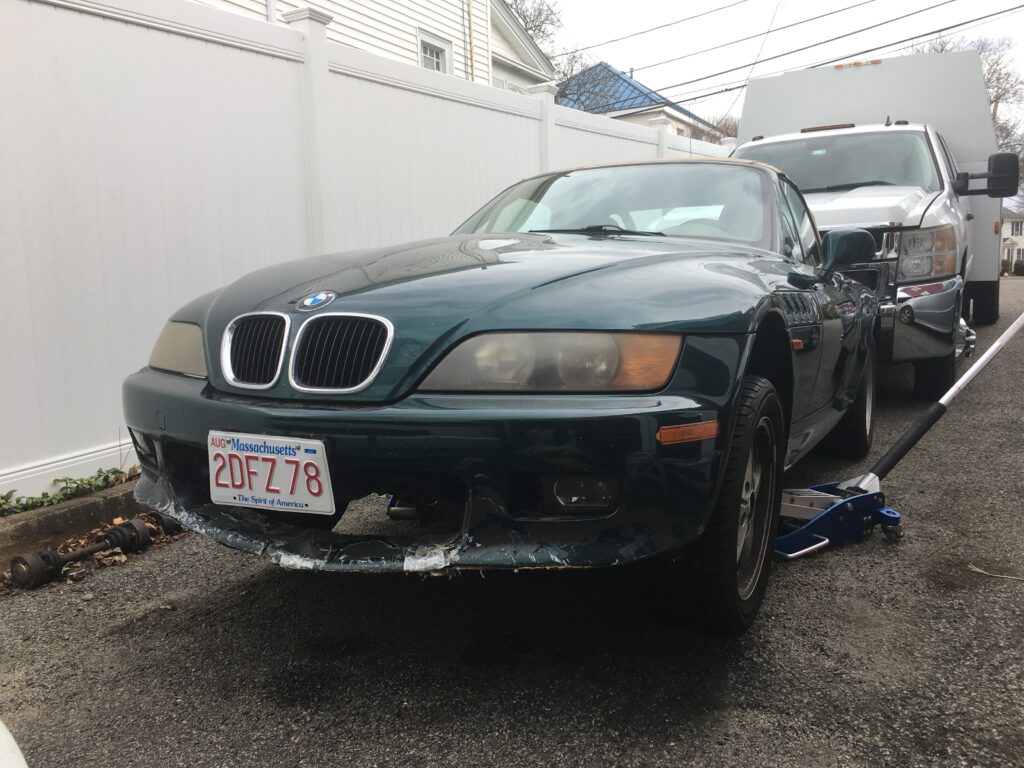
Ready or not, here we go.
There are several videos on YouTube about removing a Z3 front bumper cover. Some of them mistakenly say that you need to remove the headlights (you don’t). I found this step-by-step on the Pelican Parts website helpful. On my car, since the lower engine cover was already missing and the plastic inner fender liners were already broken where the two 8-mm fasteners held them to the corners of the bumper cover, all I needed to do was reach underneath with a T-50 Torx bit at the end of an extension and remove the two bolts holding the bumper to the body. The bumper cover and the bumper attached behind it then slid out so easily that had it dropped, it might have ripped out the wires connecting the fog lights (connector with snap tabs) and the two side-marker lights (connector that twists out).

Easy-peasy.
When you flip over the bumper cover, you see why it’s called a “bumper cover” and not an air dam: The aluminum front bumper is inside it, attached by sixteen reusable plastic rivets. If you’re buying a used bumper cover, it may or may not come with the bumper inside it, as well as the fog lights, corner-marker lights, and grille; otherwise you need to transfer these pieces over.
The trick to removing the bumper’s plastic rivets is to use a skinny punch and a hammer to tap the plastic pins most of the way out, then slide a prying tool under the larger part of the rivets.

The actual aluminum bumper is nestled inside the cover.

Sixteen plastic rivets secure the cover to the bumper.

Here, the bumper has been separated from the cover.
Had I lined up my ducks better—or should I say had my ducks in a row?—the entire swap could’ve been easily accomplished on that one unseasonably warm afternoon, but it wouldn’t be a typical mHack Mechanic session without a few surprises. I began transferring the components over to the replacement cover when I saw that there was an issue with broken mounting tabs that hold the fog lights in place; after all, the passenger-side fog light can be seen hanging in the after-accident photo above. I’d forgotten that I’d held it place with a zip tie. One of the tabs on the driver’s side light had broken as well.
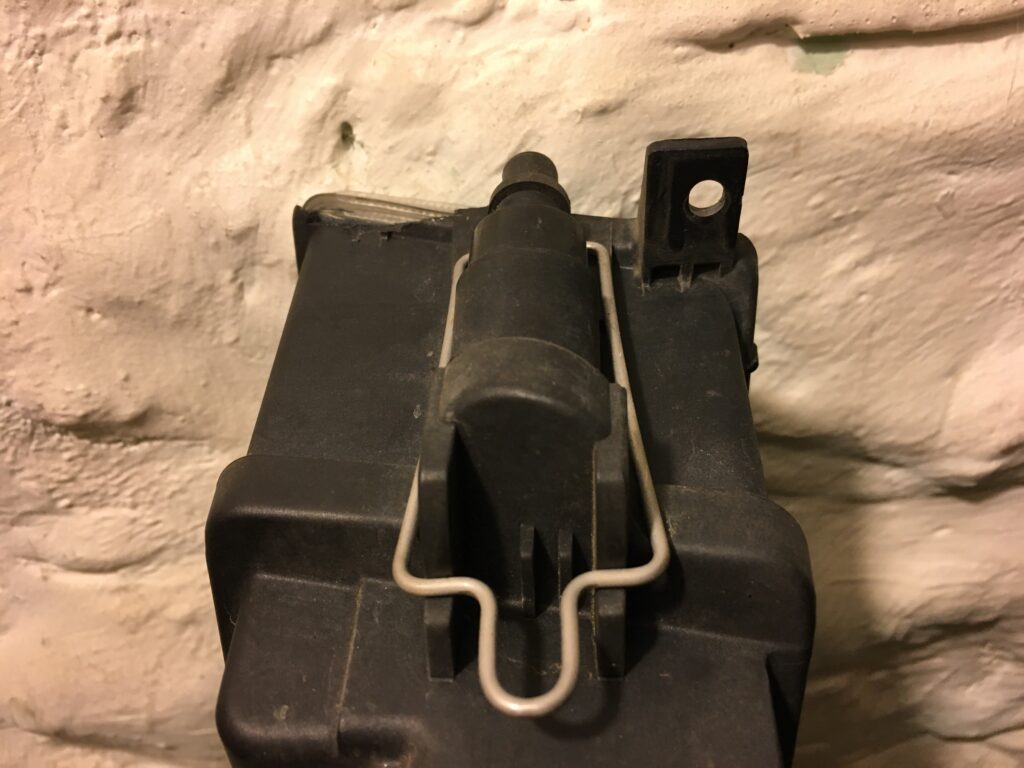
This was the good fog light.
There were also some issues getting the grille secured in the replacement cover, too. By the time I had procured epoxy for the broken fog-light ears and fasteners for the grille and the fender liners, winter weather had begun moving back in.

Yes, it is still winter.
Unless we get the full-on Shackleton treatment, I expect this to all be buttoned up next week.—Rob Siegel
____________________________________
Rob’s newest book, The Best of The Hack Mechanic, is available here on Amazon, as are his seven other books. Signed copies can be ordered directly from Rob here.

